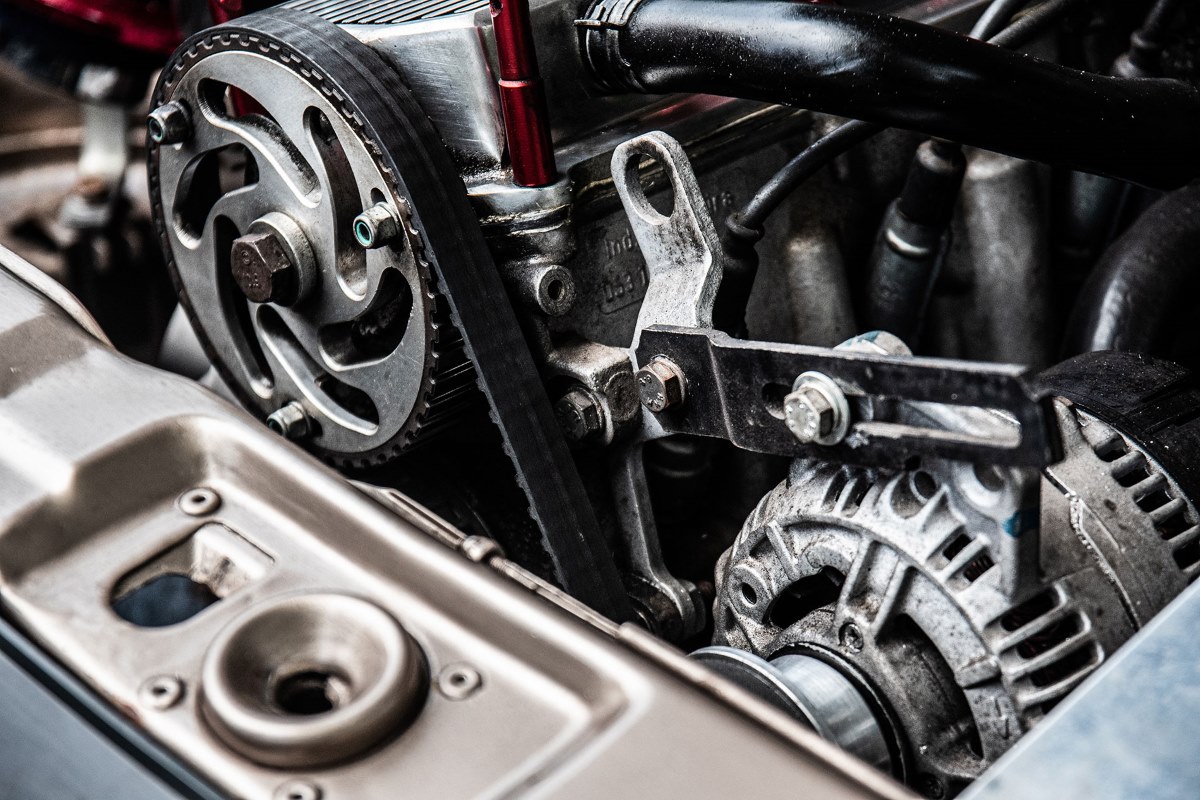

Articles
Where Is The Water Pump Located In A Car
Modified: January 8, 2024
Learn where the water pump is located in a car with this helpful article. Gain important insights and knowledge on car maintenance.
(Many of the links in this article redirect to a specific reviewed product. Your purchase of these products through affiliate links helps to generate commission for Storables.com, at no extra cost. Learn more)
Introduction
When it comes to keeping a car running smoothly, the cooling system plays a crucial role in maintaining optimal engine temperature. At the heart of this system is the water pump, a vital component responsible for circulating coolant throughout the engine. Understanding the location and functionality of the water pump is essential for diagnosing and addressing any issues that may arise.
In this article, we will explore the importance of the water pump in a car and its role in the overall cooling system. We will also delve into the components of the cooling system and discuss the location of the water pump in various car models.
Key Takeaways:
- The water pump is a critical component of a car’s cooling system, regulating engine temperature and preventing overheating. Regular maintenance and prompt repairs are essential for optimal performance and longevity.
- Identifying signs of a faulty water pump, such as coolant leakage and engine overheating, is crucial for preventing severe engine damage. Timely maintenance, including coolant replacement and belt alignment, is key to ensuring the water pump’s efficiency.
Read more: Where Is A Water Pump Located
Importance of the Water Pump in a Car
The water pump in a car is a critical component of the cooling system and plays a vital role in maintaining the engine’s optimal operating temperature. Its main function is to circulate coolant throughout the engine to ensure that it stays within the appropriate temperature range. Let’s explore why the water pump is so important:
- Temperature Regulation: The water pump helps regulate the engine’s temperature by continuously circulating coolant. It extracts the heat generated by the engine and dissipates it through the radiator, allowing the engine to operate at an optimal temperature range. This prevents overheating, which can cause severe damage to the engine.
- Preventing Engine Failure: If the engine becomes too hot, it can lead to various issues, such as warped cylinder heads, blown gaskets, or even complete engine failure. The water pump’s role in cooling the engine helps prevent these potentially costly and catastrophic problems, ensuring the longevity and reliability of your car.
- Efficient Fuel Consumption: A properly functioning water pump ensures that the engine maintains an optimal temperature. When the engine is too hot, it becomes less fuel-efficient, resulting in increased fuel consumption. By keeping the engine cool, the water pump helps improve fuel efficiency, saving you money at the pump.
- Overall Performance: The water pump’s role in cooling the engine directly impacts the overall performance of your car. An overheated engine can lead to reduced power and performance, sluggish acceleration, and even decreased fuel economy. By maintaining the engine’s temperature within the recommended range, the water pump helps ensure that your car performs optimally.
It’s clear that the water pump plays a critical role in keeping the engine cool and preventing potential damage. Understanding how it functions and its importance in the cooling system is essential for maintaining the overall health and performance of your vehicle.
Understanding the Water Cooling System
The water cooling system in a car is designed to regulate the engine’s temperature by effectively dissipating heat generated during the combustion process. It consists of several interconnected components that work together to ensure the engine operates within the optimal temperature range. Let’s explore the main components of the water cooling system:
- Radiator: The radiator is a key component of the cooling system. It is responsible for dissipating heat from the coolant before it returns to the engine. The radiator achieves this by using a series of tubes and fins that increase the surface area for heat exchange.
- Coolant: Coolant, also known as antifreeze, is a mixture of water and coolant additive specifically designed to withstand high temperatures and prevent freezing in cold weather conditions. It absorbs heat from the engine and carries it to the radiator for cooling.
- Thermostat: The thermostat acts as a valve that regulates the flow of coolant in the cooling system. It opens and closes based on the temperature of the coolant, allowing it to circulate when the engine reaches the optimal operating temperature.
- Water Pump: As we discussed earlier, the water pump is responsible for circulating the coolant throughout the engine. It is typically driven by a belt connected to the engine’s crankshaft and uses impellers to create a consistent flow of coolant.
- Hoses and Pipes: Hoses and pipes connect the various components of the cooling system, allowing coolant to flow between them. These are typically made of rubber or reinforced materials to withstand high temperatures and pressures.
- Expansion Tank: The expansion tank, also known as the overflow or coolant reservoir, serves as a storage space for excess coolant. It allows the coolant to expand and contract as the engine temperature fluctuates, ensuring a constant supply of coolant to the radiator.
The water cooling system works in a continuous cycle. The water pump circulates coolant from the engine to the radiator, where heat is transferred to the surrounding air. The cooled coolant then returns to the engine to absorb more heat, and the process repeats.
Understanding the different components of the water cooling system is essential for diagnosing and addressing any issues that may arise. Regular maintenance and proper care of these components are crucial for maintaining the cooling system’s efficiency and preventing engine overheating.
Components of the Water Cooling System
The water cooling system in a car consists of several essential components that work together to regulate the engine’s temperature. Understanding these components is crucial for diagnosing and maintaining the cooling system’s efficiency. Let’s take a closer look at each one:
- Radiator: The radiator is the central component of the cooling system. It is typically made of aluminum or copper and is responsible for dissipating heat from the coolant. The radiator consists of a network of small tubes and fins that increase the surface area for heat exchange. As the coolant flows through the tubes, the heat is transferred to the surrounding air.
- Coolant: Coolant, also known as antifreeze, is a mixture of water and coolant additive that circulates through the cooling system to absorb heat from the engine. In addition to regulating temperature, coolant also prevents freezing and protects against corrosion and cavitation.
- Thermostat: The thermostat acts as a valve that regulates the flow of coolant through the engine. It stays closed when the engine is cold, allowing it to warm up quickly. Once the engine reaches the optimal temperature, the thermostat opens, allowing coolant to flow and maintain a steady temperature.
- Water Pump: The water pump is responsible for circulating the coolant throughout the engine. It is typically driven by a belt connected to the engine’s crankshaft and consists of an impeller that creates a flow of coolant. The water pump plays a critical role in maintaining a consistent coolant circulation and preventing the engine from overheating.
- Hoses and Pipes: Hoses and pipes connect the various components of the cooling system, allowing coolant to flow between them. These components are typically made of rubber or reinforced materials to withstand the high temperatures and pressures within the system.
- Expansion Tank: The expansion tank, also known as the overflow or coolant reservoir, is a storage space for excess coolant. As the coolant heats up and expands, it flows into the expansion tank. Conversely, when the coolant cools down, it is drawn back into the system from the tank. This ensures a constant supply of coolant and prevents air pockets from forming in the system.
Each component of the water cooling system plays a crucial role in maintaining the engine’s temperature and preventing overheating. Regular inspection, maintenance, and replacement (if necessary) of these components are essential for the system’s proper functioning and the overall health of your vehicle.
The water pump in a car is typically located near the front of the engine, driven by the engine’s accessory belt. It is usually connected to the radiator and helps circulate coolant throughout the engine to maintain proper operating temperature.
Location of the Water Pump in a Car
The water pump is a vital component of the cooling system in a car, and its location varies depending on the engine configuration and the make and model of the vehicle. While it is not visible from the outside, the water pump is typically located on the front or side of the engine, near the bottom. However, there are some common locations where the water pump is often found:
- Front of the Engine: In many car models, especially those with front-engine layouts, the water pump is located at the front of the engine, directly behind the radiator. This position allows for optimal coolant circulation as it is closer to the radiator and can easily draw cool air to dissipate heat. It is commonly driven by a belt connected to the crankshaft.
- Side of the Engine: In certain vehicles, particularly those with transverse or sideways-mounted engines, the water pump may be located on the side. This allows for efficient cooling and takes advantage of the available space. The water pump is driven by a belt connected to the engine’s crankshaft or an auxiliary drive system.
- Timing Belt or Chain Housing: Some car models have their water pumps housed within the timing belt or chain enclosure. This location is commonly found in engines with overhead camshafts. It allows for a more compact design and efficient power transfer. However, accessing and replacing the water pump in this location may require additional disassembly.
- Behind the Engine: In a few specific cases, especially in certain rear-engine or mid-engine vehicles, the water pump may be located behind the engine. This arrangement can provide sufficient cooling while optimizing weight distribution. However, it may also make the water pump more challenging to access for maintenance or replacement.
It’s important to note that the exact location of the water pump can vary even within the same vehicle model depending on the engine version or specific modifications. Consult the service manual or seek professional advice to identify the precise location of the water pump in your car.
Identifying the location of the water pump is crucial for performing any maintenance or repair tasks related to the cooling system. Familiarize yourself with the layout of your engine and cooling system to ensure proper care and maintenance of the water pump.
Identifying Signs of a Faulty Water Pump
A faulty water pump can lead to serious engine problems if left untreated. Therefore, it’s important to be able to recognize the signs of a failing water pump and address the issue promptly. Here are some common indicators that your water pump may be faulty:
- Coolant Leakage: One of the most apparent signs of a failing water pump is coolant leakage. If you notice a puddle of coolant beneath your car or observe coolant dripping from the front of the engine, it could indicate a problem with the water pump seals or gaskets.
- Engine Overheating: An overheating engine is a signal that the cooling system is not functioning properly. While there can be various causes for engine overheating, a faulty water pump is often a culprit. If your engine temperature gauge is consistently higher than normal, it’s a clear indication that the water pump may not be circulating coolant effectively.
- Noise or Squeaking: A malfunctioning water pump may produce unusual noises. If you hear a high-pitched whining or squeaking sound coming from the front of the engine, it could indicate a bearing failure or a loose pulley. These issues can affect the performance of the water pump and result in inadequate coolant circulation.
- Engine Coolant Discoloration or Contamination: Inspect the coolant for any signs of discoloration or contamination. If the coolant appears rusty, contains debris, or has an unusual odor, it may indicate internal corrosion or a failing water pump. Discolored or contaminated coolant compromises the cooling system’s ability to regulate temperature effectively.
- Engine Performance Issues: A faulty water pump can negatively impact engine performance. You may experience reduced power, sluggish acceleration, or even engine misfires. If your car’s performance deteriorates inexplicably, it’s worth investigating the condition of the water pump.
If you notice any of these signs, it is crucial to have your water pump inspected and repaired by a qualified mechanic. Ignoring a faulty water pump can lead to severe engine damage, requiring costly repairs.
Regular maintenance and periodic inspection of the cooling system can help detect water pump issues early on and prevent them from escalating. Remember to consult your vehicle’s service manual for specific maintenance intervals and guidelines.
Maintenance and Replacement of the Water Pump
Maintaining a properly functioning water pump is vital for the longevity and performance of your vehicle’s cooling system. Regular maintenance and timely replacement of the water pump can help prevent potential issues and costly repairs. Here are some key maintenance practices and considerations:
- Inspection: Regularly inspect the water pump for signs of leakage, corrosion, or damage. Look for coolant stains, rust, or excessive play in the pulley. Inspect the drive belt connected to the water pump for wear or cracks. If you notice any abnormalities, have your water pump inspected by a qualified mechanic.
- Coolant Replacement: Follow the manufacturer’s recommended coolant change intervals to maintain the health of the cooling system. Over time, coolant can become contaminated, lose its effectiveness, or cause corrosion. Regularly flushing and replacing the coolant helps prevent the buildup of deposits that can impact the water pump’s performance.
- Tension and Alignment: Ensure that the drive belt connecting the water pump to the engine is properly tensioned and aligned. A loose or misaligned belt can cause the water pump to function inefficiently or fail prematurely. Periodically check the belt for tension and replace it if it shows signs of wear or damage.
- Proper Coolant Mixture: Make sure the coolant is mixed according to the manufacturer’s specifications. Too concentrated or diluted coolant can affect the efficiency and performance of the water pump. Use the recommended coolant type and adhere to the correct water-to-coolant ratio for your specific vehicle.
- Professional Replacement: If your water pump shows signs of significant wear, leakage, or failure, it may be necessary to replace it. Water pump replacement typically involves draining the coolant, removing the old pump, installing a new pump, and refilling the coolant. Due to the complexity of the task and its critical importance, it is recommended to have a professional mechanic perform the replacement.
Keep in mind that the maintenance requirements and replacement intervals for water pumps can vary depending on the make, model, and engine configuration of your vehicle. Consult your vehicle’s service manual for specific guidelines and recommendations.
Regular maintenance, timely inspections, and professional replacement when needed can ensure the proper functioning of the water pump and extend the life of your vehicle’s cooling system.
Conclusion
The water pump is a critical component of the cooling system in a car, playing a vital role in maintaining the engine’s optimal operating temperature. Its function is to circulate coolant throughout the engine and prevent overheating, which can lead to severe engine damage. Understanding the importance, location, and signs of a faulty water pump is essential for proper maintenance and timely repairs.
By regularly inspecting the water pump and the overall cooling system, you can identify any signs of leakage, corrosion, or damage. Timely maintenance, such as coolant replacement and ensuring proper tension and alignment of the drive belt, helps maintain the water pump’s efficiency and longevity. Additionally, adhering to the recommended coolant mixture and following the manufacturer’s guidelines for maintenance intervals contribute to a healthy cooling system.
In the event of a faulty water pump, it is crucial to address the issue promptly, as it can result in engine overheating and subsequent damage. Look out for signs such as coolant leakage, engine overheating, unusual noises, coolant discoloration, or engine performance issues. If any of these signs are present, consult a qualified mechanic for a thorough inspection and potential replacement of the water pump.
Remember, maintaining a properly functioning water pump is not only crucial for the vehicle’s performance but also for the safety and reliability of your car. By prioritizing regular maintenance, addressing any issues promptly, and seeking professional assistance when needed, you can ensure a smooth and efficient functioning of your vehicle’s cooling system.
Take care of your water pump, and it will take care of your engine, allowing you to enjoy many miles of trouble-free driving.
Frequently Asked Questions about Where Is The Water Pump Located In A Car
Was this page helpful?
At Storables.com, we guarantee accurate and reliable information. Our content, validated by Expert Board Contributors, is crafted following stringent Editorial Policies. We're committed to providing you with well-researched, expert-backed insights for all your informational needs.
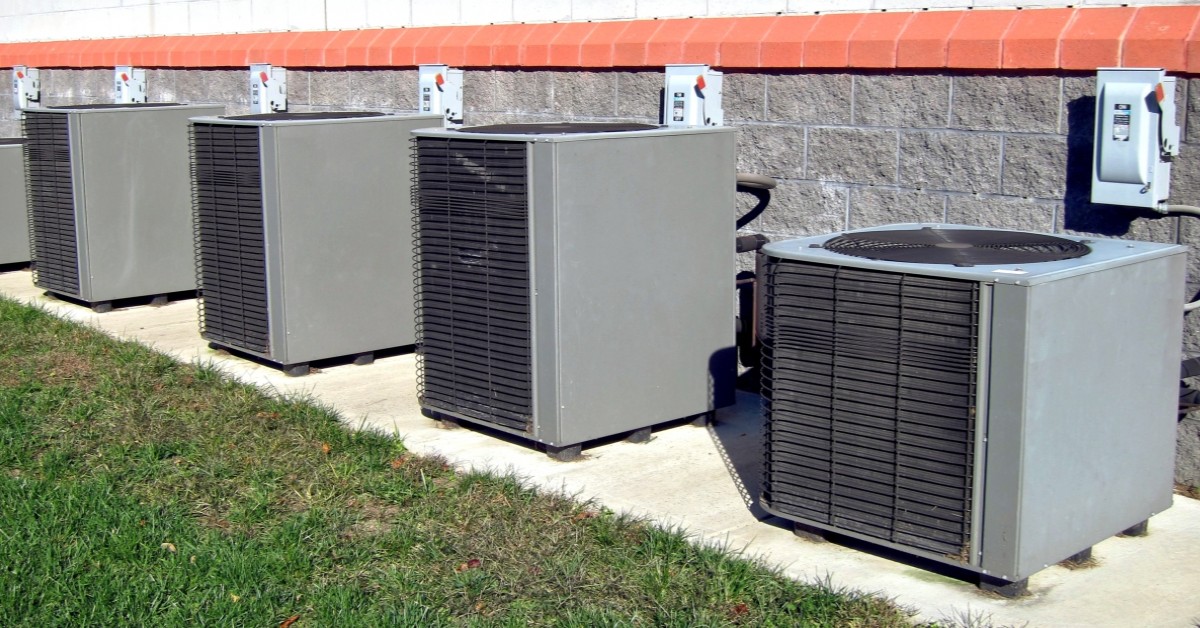
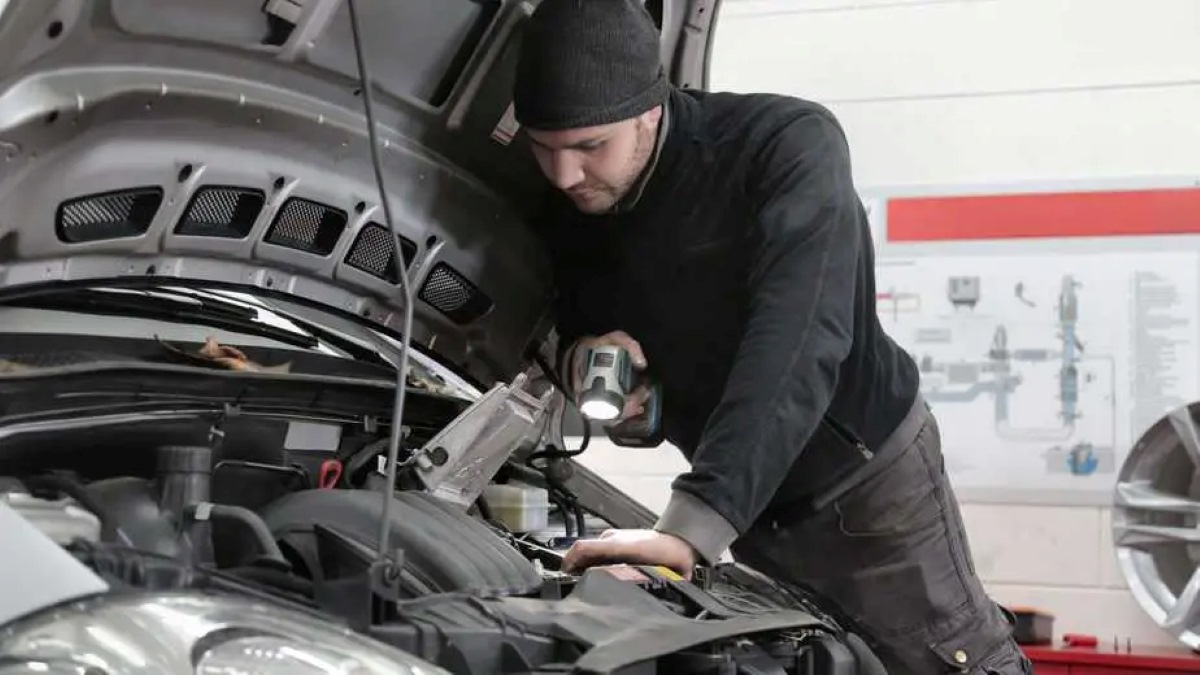
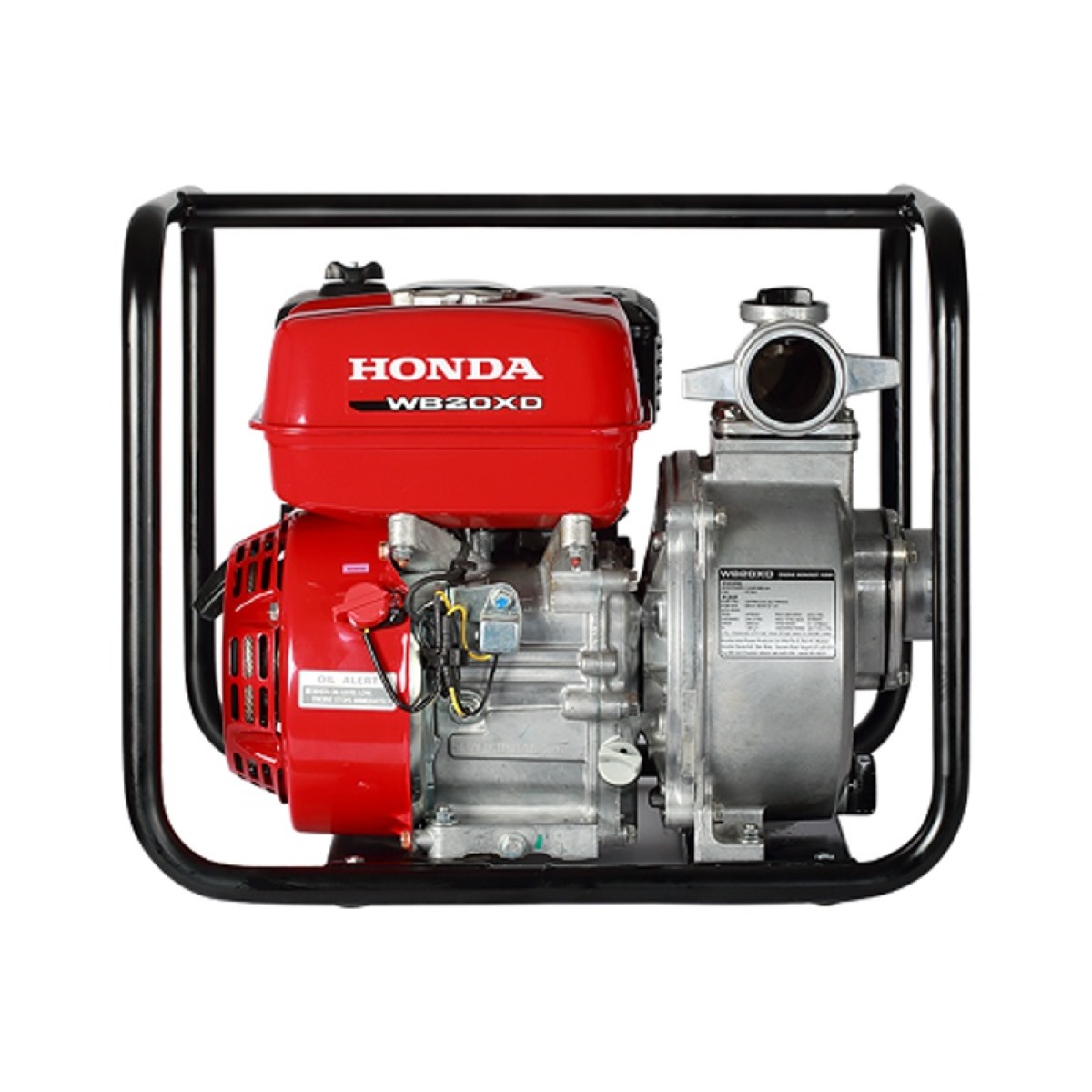
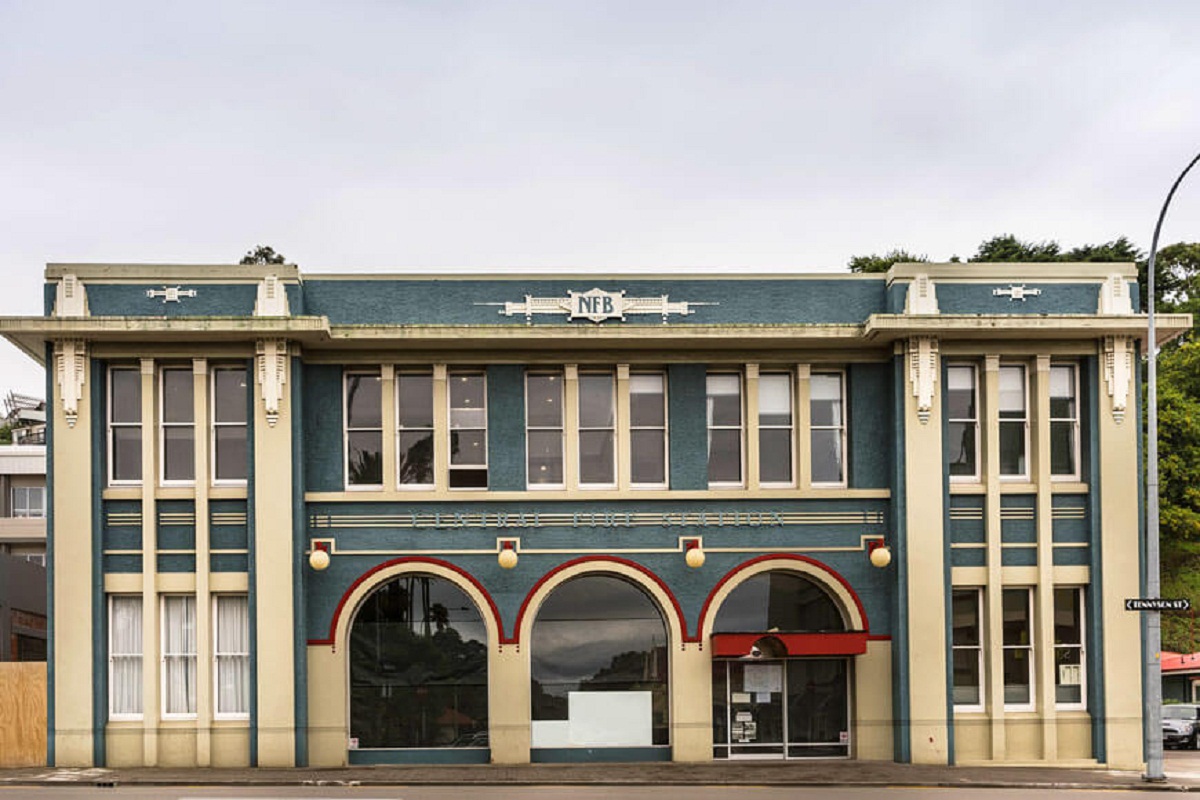
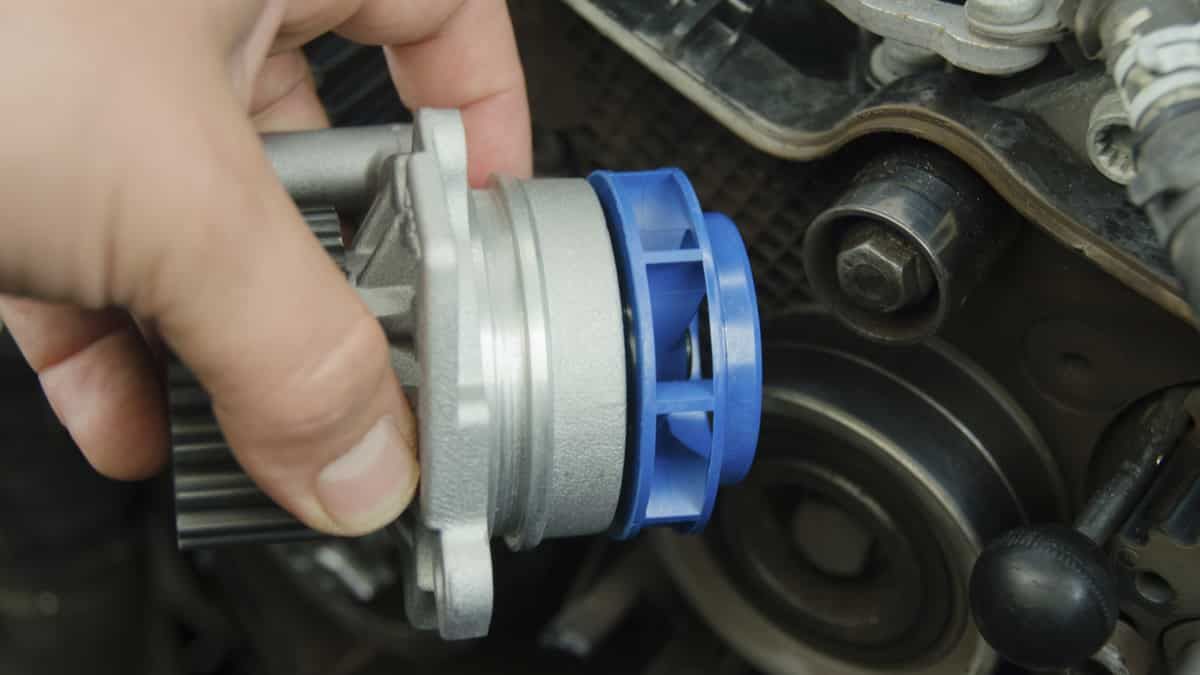
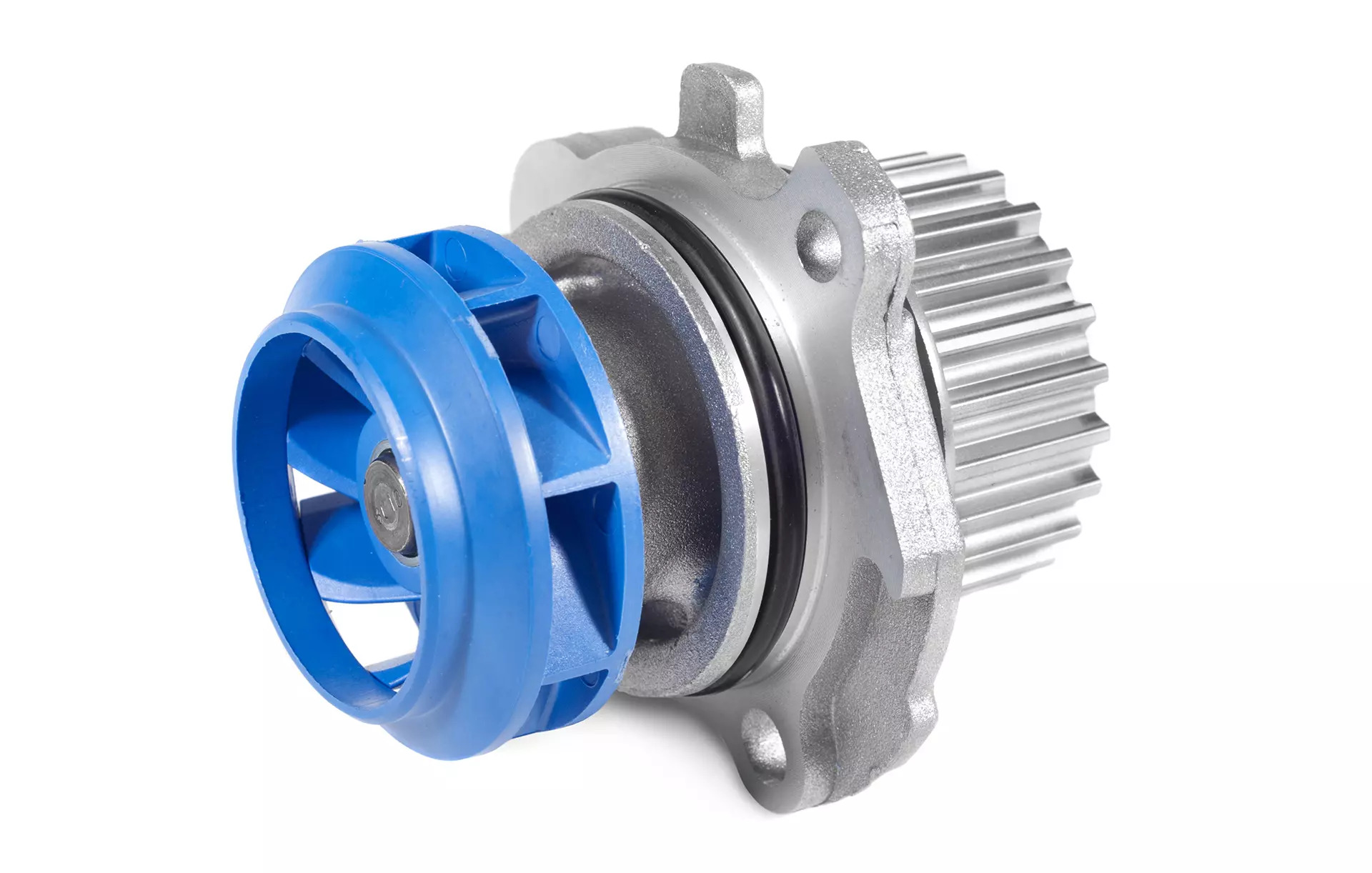
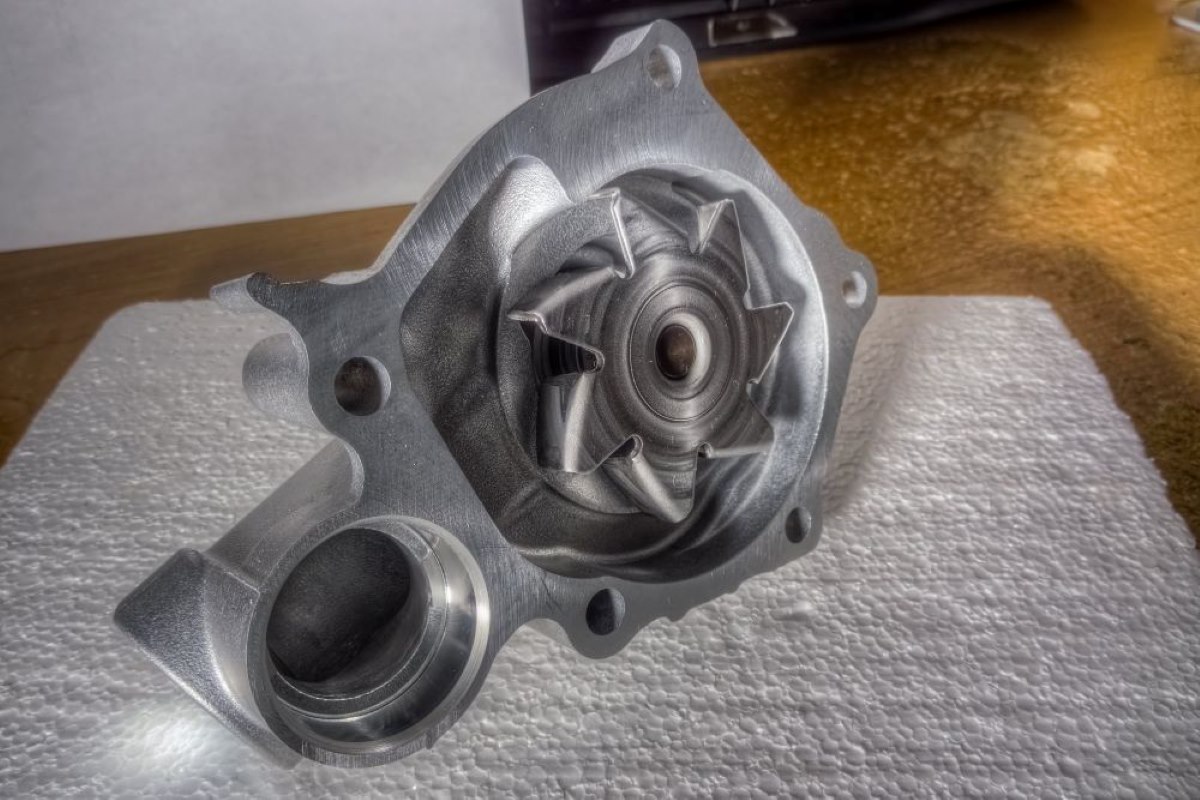
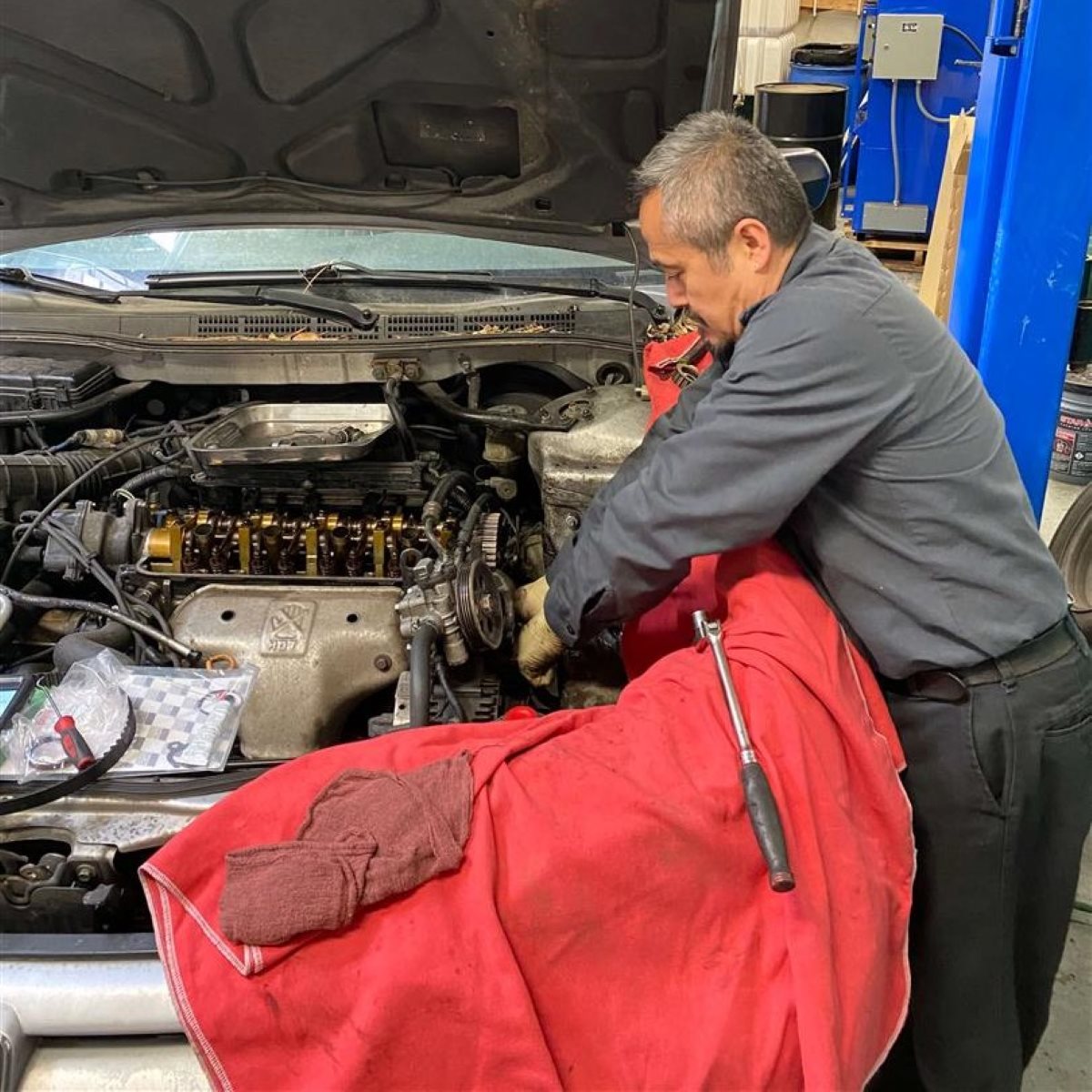
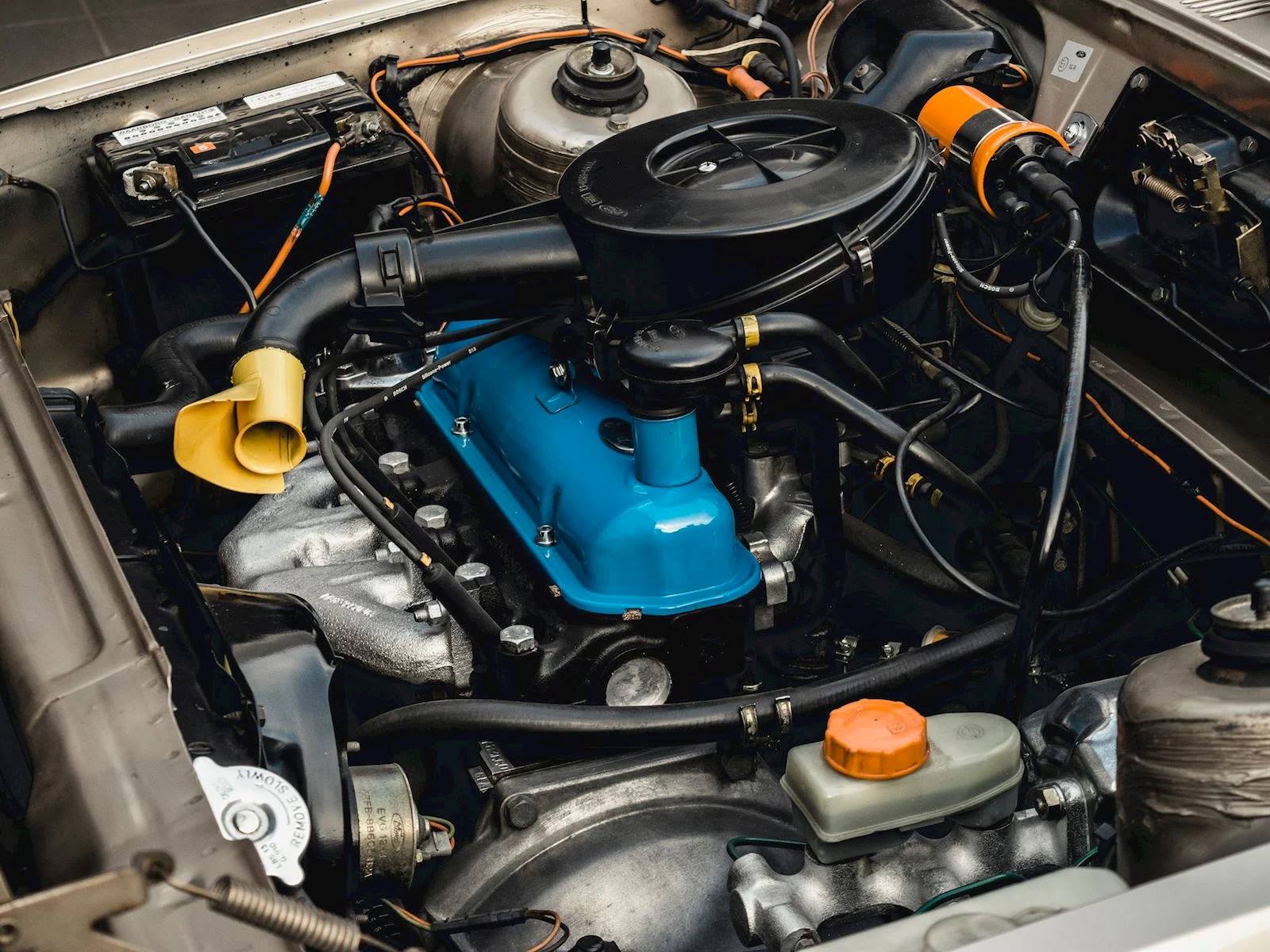
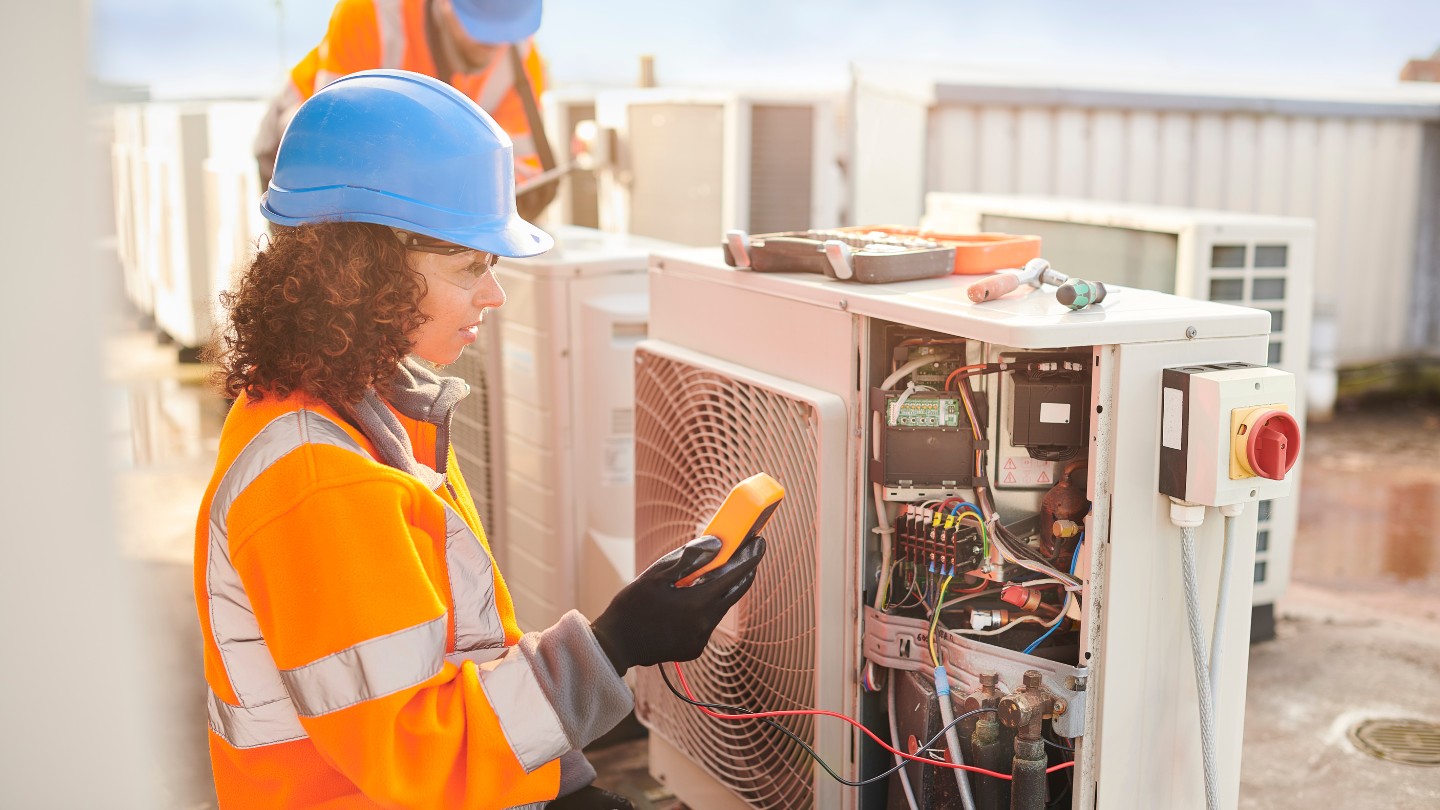
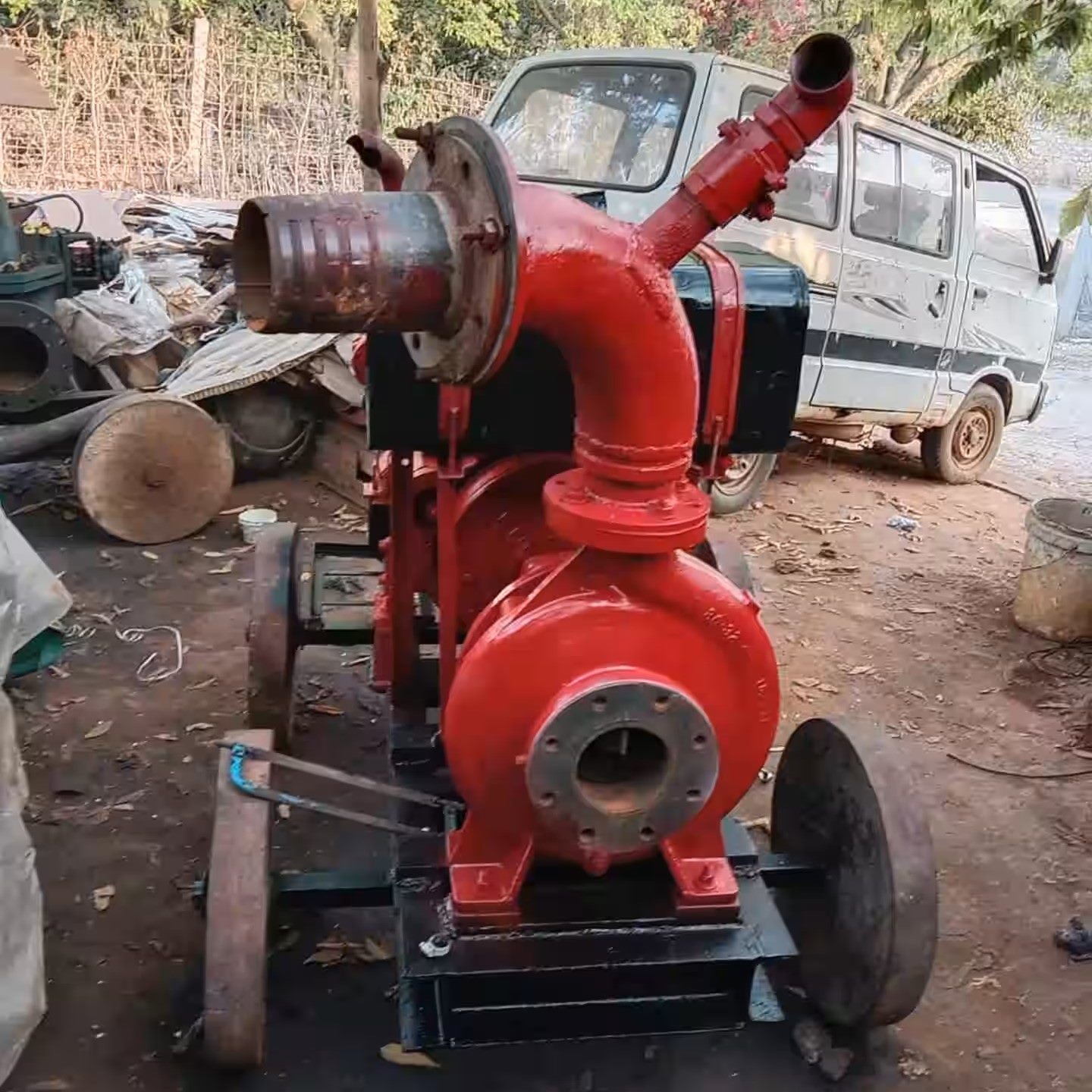
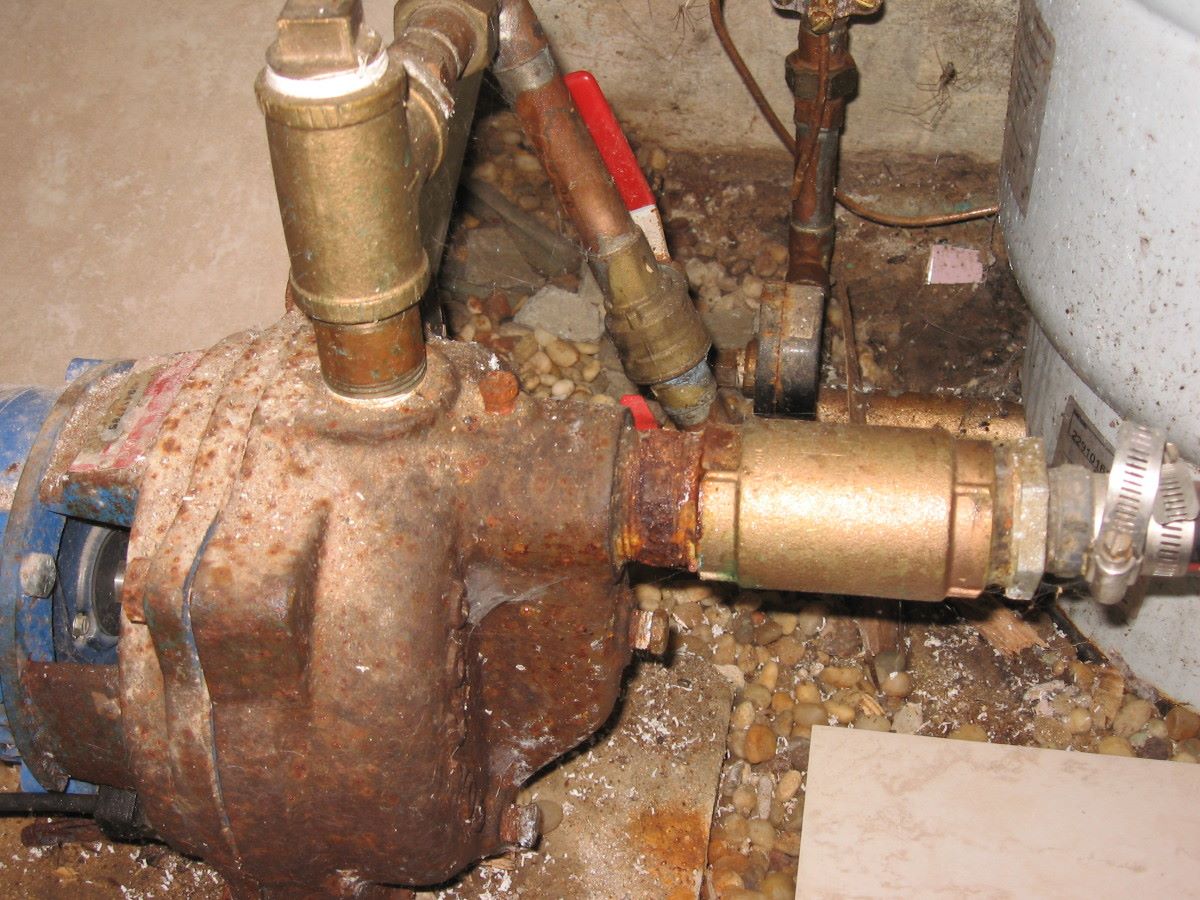
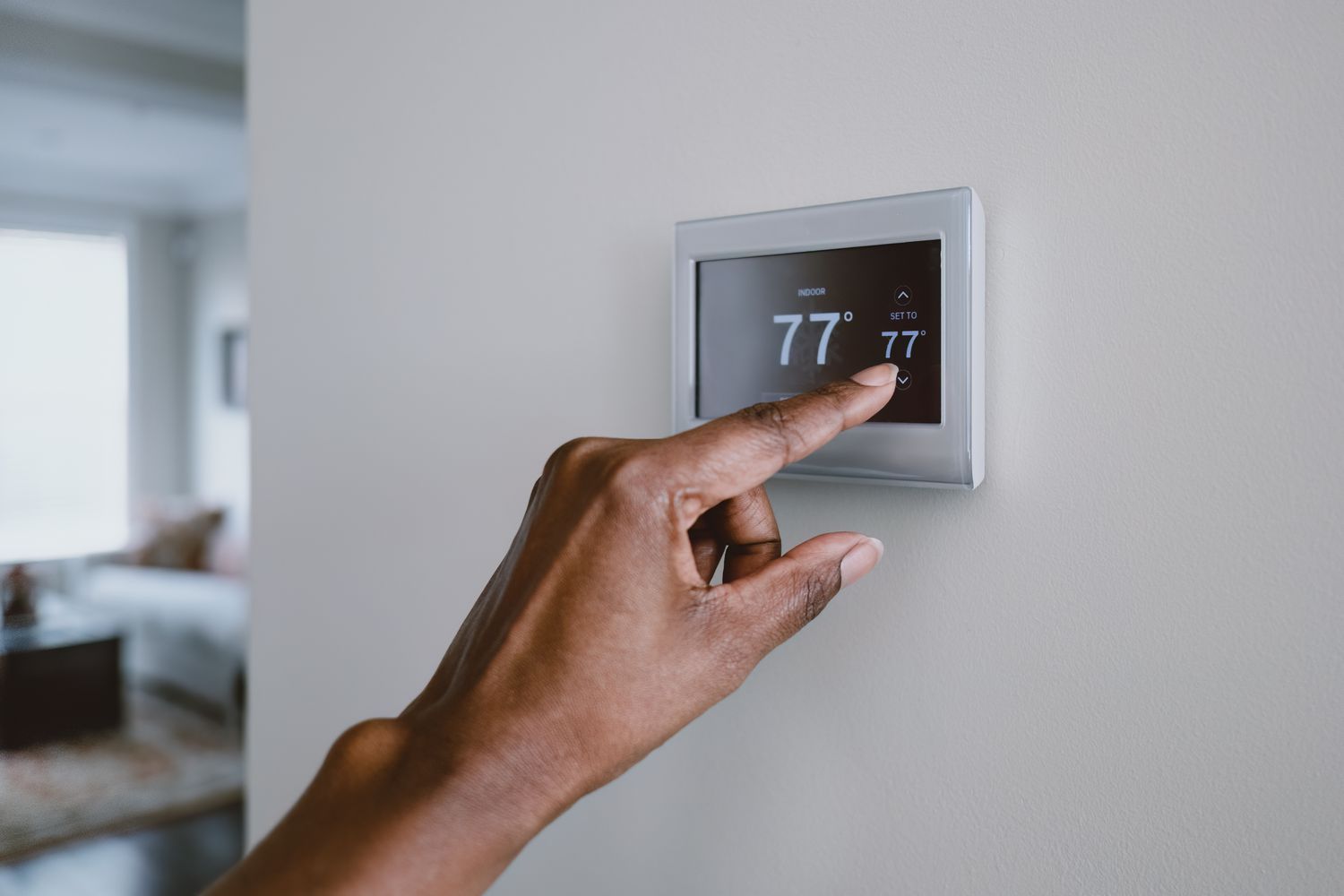
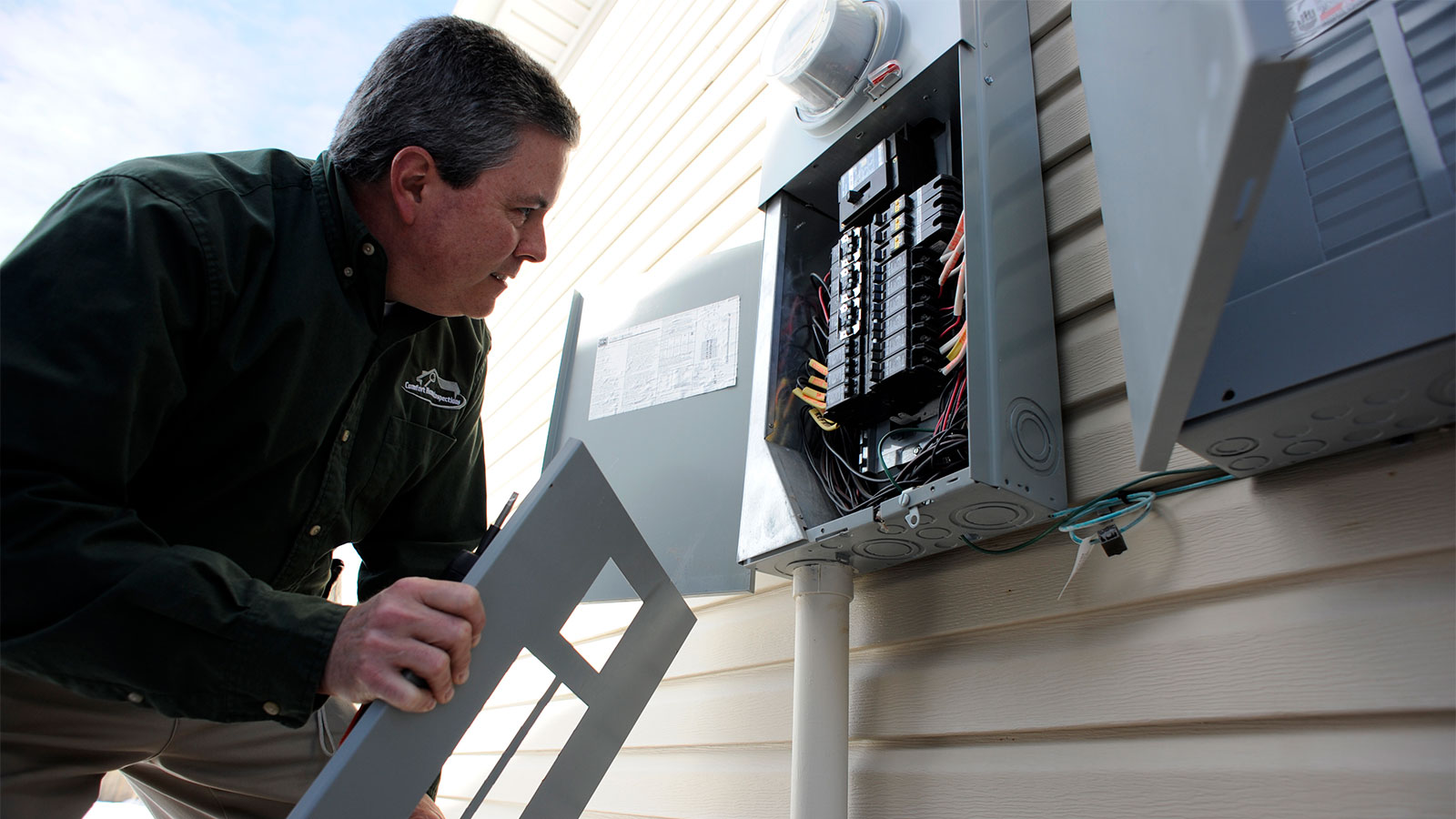

0 thoughts on “Where Is The Water Pump Located In A Car”